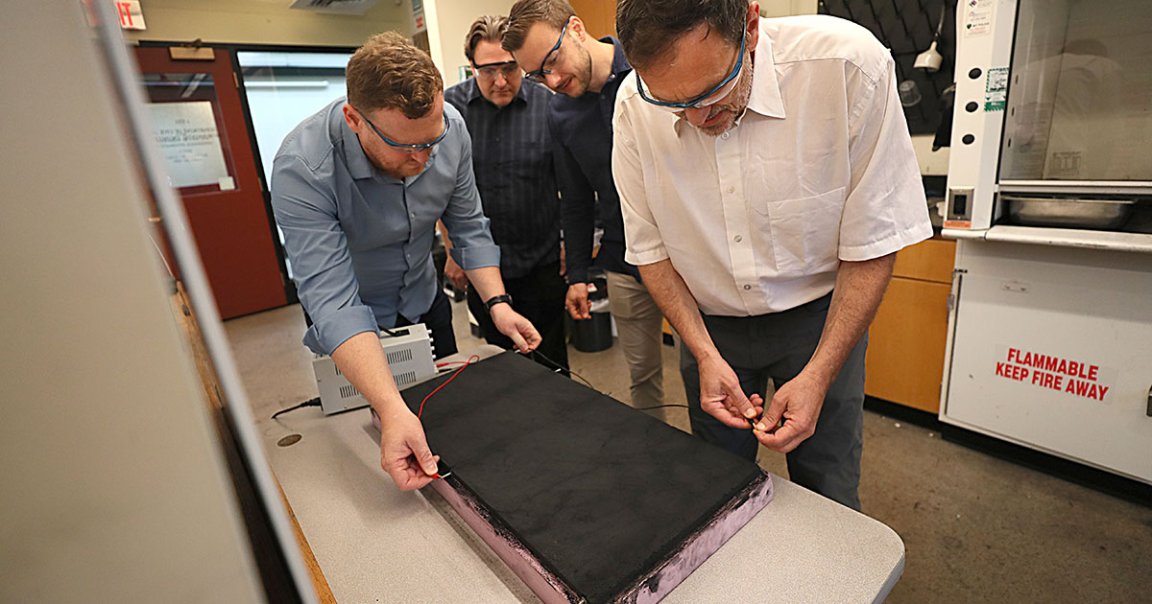
Concrete Idea
Researchers at MIT have come up with a new way to store energy inside a modified concrete, a tantalizing potential solution to the looming energy storage problem.
As the BBC reports, MIT researcher Damian Stefaniuk and his colleagues turned a mix of water, cement, and carbon black, a highly conductive material used in the manufacturing of car tires, into a supercapacitor.
While supercapacitors aren’t nearly as good at long-term energy storage compared to lithium-ion batteries, they can be charged and discharged very quickly, making them an intriguing complement to conventional batteries.
Stefaniuk and his team believe their novel material could be a game-changer, taking the pressure off the electrical grid by providing ways to store green energy, the generation of which can fluctuate greatly throughout the day.
“If it can be scaled up, the technology can help solve an important issue — the storing of renewable energy,” he told the BBC.
Laying the Foundation
The potential applications are numerous. For instance, roads built using the unusual carbon-cement supercapacitor could quickly charge cars wirelessly, reducing their reliance on conventional chargers.
More intriguingly, the cement could be used as a building material — to “have walls, or foundations, or columns, that are active not only in supporting a structure, but also in that energy is stored inside them,” Stefaniuk told the BBC.
However, the tech is still in its infancy. For the time being, their proof-of-concept supercapacitor can only store enough energy to power a 10-watt LED for 30 hours.
Since supercapacitors also have the tendency to discharge very quickly and are far less energy-dense than their lithium-ion counterparts, the team has plenty of hurdles to still overcome.
Nonetheless, once scaled up, Stefaniuk claims such material could “meet the daily energy needs of a residential house.” The team is already planning to build a 1,590-cubic-feet version that can do just that.
But that’s easier said than done.
“Often, new discoveries are problematic when considerations are made to move from lab or bench scale to wider deployment at larger scales and volumes,” Teesside University engineering professor Michael Short told the BBC. “This can be due to manufacturing complexities, resource scarcities, or sometimes due to the underlying physics or chemistry.”
More on concrete: Scientists Say New Material Can Suck Carbon Out of Atmosphere Faster Than Trees